'Disabled people can't get accessible homes because they are kept for the over 65s'
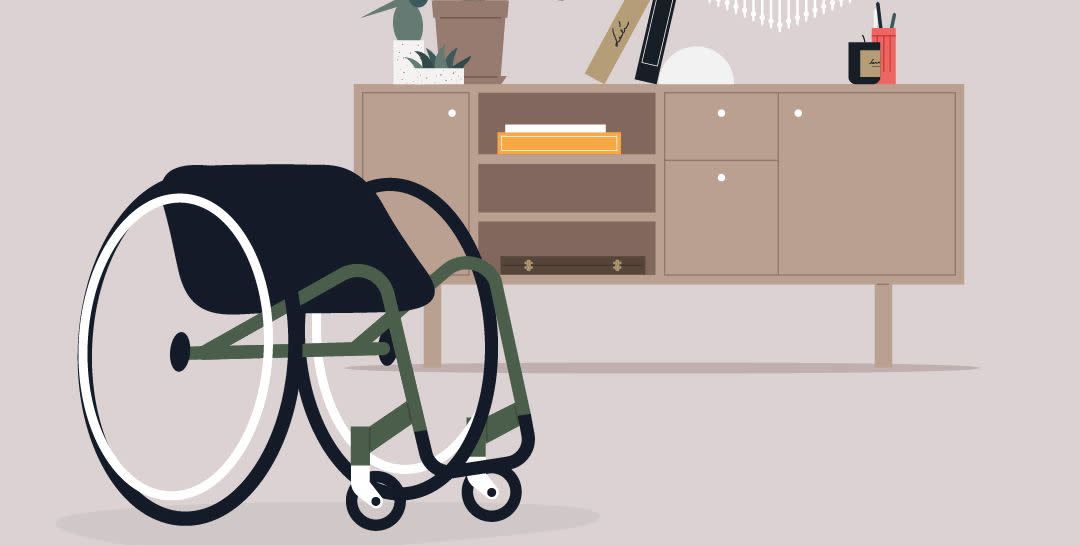
'Disabled people are in a really unfair place right now,' Kate Stanforth, a disability campaigner, tells House Beautiful UK. It's already hard enough for generation rent to climb the property ladder but with just nine per cent of England's homes providing basic accessibility features, disabled people are facing a housing nightmare.
Kate, who has a number of complex chronic health conditions, was just 26 when her local estate agent suggested she should buy a flat in a care home because it was one of the few accessible properties available in her area. 'The flats were accessible, but obviously living in a care home was absolutely not where I wanted to be in my twenties,' Kate tells us, explaining that many properties are 'ring-fenced' for older people.
'Disabled young people have got this huge problem: they can't get accessible homes because they are kept for the over 65s,' Kate continues. 'That includes new properties being built, old properties, everything. It is a massive issue right now and it's simply not fair. There isn't enough accessible housing.'
A 2021 report, conducted by the Office for National Statistics, discovered that disabled people are significantly less likely to own their own home (39.7 per cent) than non-disabled people (53.3 per cent). Meanwhile 24.9 per cent of disabled people aged 16 to 64 years old rent social housing compared with only 7.9 per cent of non-disabled people. Despite a long-awaited government promise to raise accessibility standards for new homes, disabled campaigners say it does not go far enough.

Simon Sansome, a campaigner who was left disabled from the waist down following a life-changing injury aged 32, says he has witnessed many young people being forced to live in retirement villages. While accessible homes enable greater independence and help speed up hospital discharges, the lack thereof means many are suffering under a roof that isn't their own.
'I have worked in social services before and this has happened many times,' Simon tells us from his home in Leicestershire. 'If someone doesn't have a medical condition but it's not possible to send them home, they will go into care homes — even if they're middle-aged.'
Simply put, Simon explains that when someone becomes disabled after an injury, an occupational therapist will visit their home to check whether it passes the 'accessibility test'. People with unsuitable homes will either remain in hospital or go to a care home because there are no other options, regardless of their age.
'There are no facilities for discharging young people if they don't have suitable accommodation. The only reason I was discharged from hospital after my injury was because we turned our living room into a bedroom and had a downstairs toilet. If I had an upstairs toilet, I wouldn't have been allowed home. Accommodation is needed for people who can't return home after injury or after a life-changing situation. It's a major issue.'
Lauren Walker, a professional advisor at the Royal College of Occupational Therapists (RCOT), tells us: 'Occupational therapists often provide equipment to help people manage day-to-day tasks, like showering and dressing safely. They're also involved in recommending more substantial adaptations to homes, if a person has a long-term illness or disability that means their home is no longer suitable for them.
'This includes things like converting a bathroom into an accessible shower room if a person can't access their bathtub safely, or installing a lift if they can't manage the stairs. Home adaptations are usually provided through the local authority or a local Home Improvement Agency. Waiting times for equipment and adaptations can vary across the country; some councils have developed occupational therapy-led schemes specifically to provide rapid home adaptations to help people home from hospital more quickly.'
Unfortunately, due to staff shortages in the UK, many requests can't be met. 'There are significant shortages of occupational therapists, which can make it difficult for services in some parts of the country to provide equipment and adaptations quickly,' Lauren continues. '86 per cent of occupational therapists who responded to RCOT's 2022-2023 workforce survey told us that demand for their service had increased over the previous 12 months, and 78 per cent told us their team wasn't large enough to meet demand.'
London-based Jessica Cummin, who suffers from the neurological disorder, syringomyelia, was also told to consider communities for older people, such as assisted living. 'It was appalling. There was absolutely nothing available,' she says. 'The only options given to me were moving into residential complexes that tend to be tailored towards the ageing community. For someone who is young, that's really not great.'
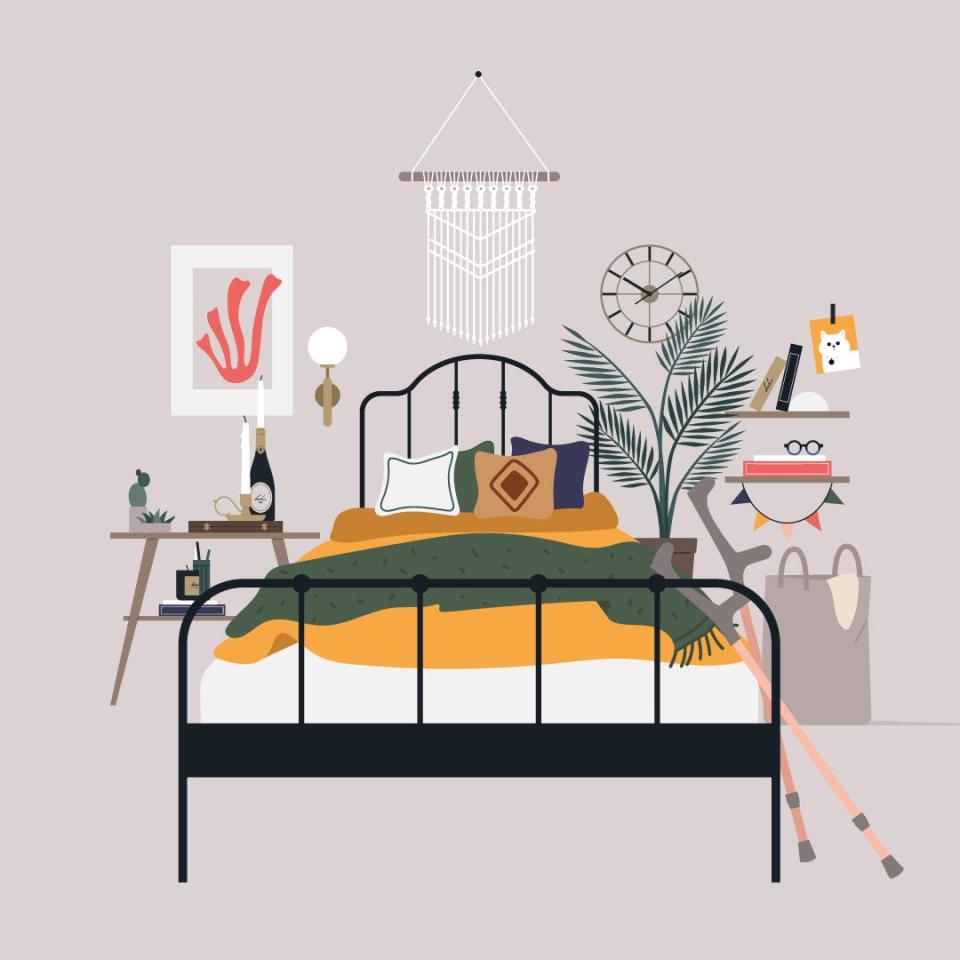
After Jessica was made homeless in 2020, the local council assessed her as needing to have an accessible property and put her on the priority list — but the journey to finding a home certainly wasn't easy. 'I was told it would be a five to eight year wait for an accessible home. I'm currently living in a ground floor flat, but it's not accessible. I'd still be homeless now if I didn't take this inaccessible flat.'
According to new estimates by Habinteg Housing Association, a social housing provider, 104,000 people in England are on local authority waiting lists for an accessible or adaptable home. Meanwhile, their research discovered that someone joining a waiting list for a new-build wheelchair-accessible home could have to wait up to 47 years.
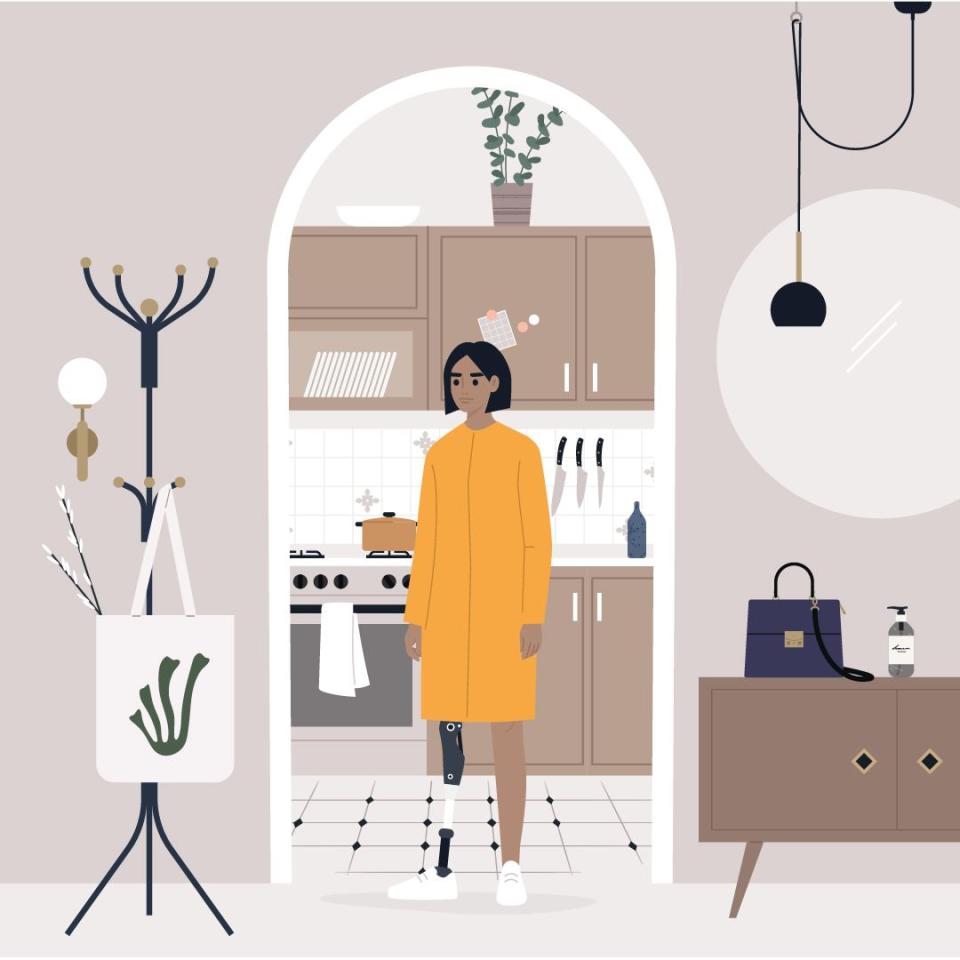
'Making do in an inaccessible home can have a huge negative impact on a person's health and wellbeing,' says Nick Apetroaie, CEO of Habinteg Housing Association. 'It can also restrict them from aspects of life that many of us take for granted. In contrast, an accessible home can have a huge, positive impact. For example, a disabled person is four times more likely to be in work if their accessible housing needs are met.'
Housing is the cornerstone of independent living, yet Kate spent over three years searching for an accessible home she could call her own. 'When you look for accessible properties to rent privately, you're at least doubling the figure because it's going to be a bungalow or ground floor.' Bungalows have more square footage on the first floor compared to houses, which means the initial cost tends to be higher.
Research conducted by Zoopla in February 2021 found that single-storey homes grew 10.5 per cent in value, with Strutt & Parker also discovering that 22 per cent of those looking to move in the next five years are seeking a bungalow. They are deemed attractive (by young families especially) for their large gardens and open-plan living spaces. 'The bungalows in Northumberland where I live are selling for an astonishing amount of money,' says Kate.
When Kate eventually found accommodation through a social housing scheme, there were still amendments to be made. 'There was no flooring, so we had to fork out quite a lot ourselves so that I could get my wheelchair through. I also don't have an adaptive kitchen or anything like that,' she explains. 'I think what people don't realise is the expense of starting up a house when you are disabled and by yourself, especially when it comes to buying all of the equipment. It was really expensive to start up.'
According to UK property developer, Crest Nicholson, features which make a new-build home 'accessible' include step-free access, hallways with clear access routes to all habitable rooms with widened doors, sockets and switches fitted in range of people with reduced reach, and access to all bedrooms with 750mm clear access routes from doorways to windows.

Those who can't find suitable housing are left with no choice but to adapt an existing property. Tanvi Vyas, a disability consultant who uses a power wheelchair, had to fork out thousands for adaptations, which included a wet room and stair lift: 'We ended up doing a full house refurbishment. I thought we might be able to get help from the local authority, but we weren't able to. It's already difficult enough getting on the property ladder.'
Similarly, Simon struggled to change his bathroom into a wet room when he purchased his house off-plan from David Wilson Homes in Leicester Forest East. 'We asked them if they could install a wet room and David Wilson advised that they couldn't because building regulations insisted they had to install a bath. This meant I would have to rip out a brand new bathroom. This is how archaic building regulations are, they haven't changed in 60-70 years.'
However, David Wilson Homes did widen the door of his ensuite shower so that his wheelchair could fit. They also added extra paving slabs on the driveway, after Simon said he would struggle to access the narrow pathway. 'I felt that they were helpful and wanted to do more but were restricted to building regulations,' adds Simon.
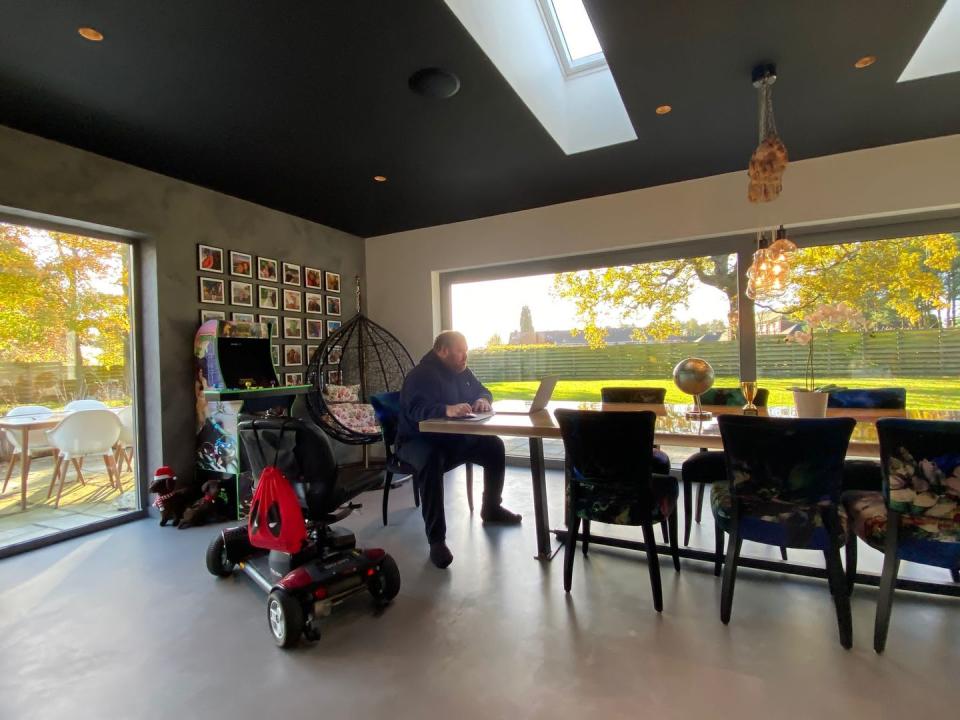
When we contacted David Wilson Homes East Midlands about Simon's experience, a spokesperson told us: 'In 2017, our customer reserved their home at a stage where construction was at roof level, so the ground floor interior was already laid out. Retrofitting a wet room at that time would have required extensive structural alterations.
'Our local site team really wanted to support Mr. Sansome as much as possible, so they widened a doorway and changed paving in the garden to make it easier for him to move around in his wheelchair. We are really sorry that we couldn't do more on this occasion.'
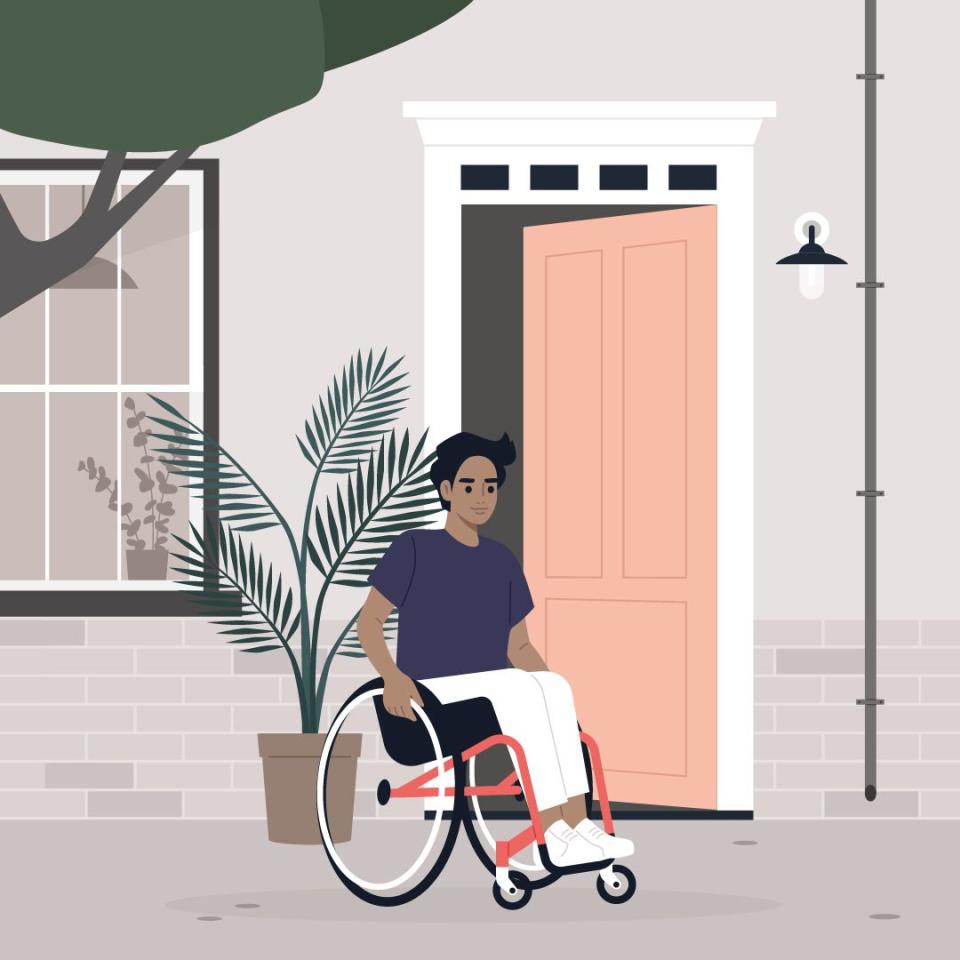
According to the government's new plan, all new homes built in the UK will be required to have 'step-free access to all entrance level rooms' and 'facilities as well as further features to make homes more easily adaptable over time'. But what exactly are new-build property developers doing to ensure they achieve this?
Crest Nicholson Chiltern told us that they are committed to 'ensuring the communities and new-builds are inclusive for all'. Charlie Joseph, sales & marketing director, said: 'We have a selection of house types which are built with accessibility in mind with features including step-free access to the house and to ground floor WC facilities.
'Our Manor View development in Milton Keynes, Buckinghamshire, is one of our developments currently selling our accessible house type range. Located on the edge of the sought-after Wavendon village, residents have easy access to amenities right on their doorstep.'
This is a step in the right direction for locals with access needs, but properties on this estate, starting from £440,000, are far from inclusive for all.
With the cost of living continuing to rise, a disabled person looking for accommodation is unlikely to consider homes in that bracket. 'It's rare to have disabled people who are looking into more expensive properties,' continues Jessica. 'Even if you have some cash in the bank and you've got a disability that's impacting your income, you're still not necessarily going to qualify for a mortgage.'
Developers might argue that bungalows are taking up more land space, but their demand is surging. In fact, Simon said that one bungalow next door to his sold nine times its asking price.
'They are in such high demand. I think at least between five and seven per cent of any lead developers need to have disabled accommodation built on site, if not more. The only way builders will build accessible properties over and over again, is if the government step in and say seven per cent of new-builds have to be suitable for disabled people. That's the only way it's going to happen,' says Simon.
The demand for accessible homes goes beyond a wheelchair user needing to fit through the front door. 'We have an ageing population. People are living in smaller accommodation, when in fact later in life, you're going to need a bit more space,' explains Simon. 'Housing associations and local councils are just ignoring the fact that no properties are being built or adapted for people with disabilities.'
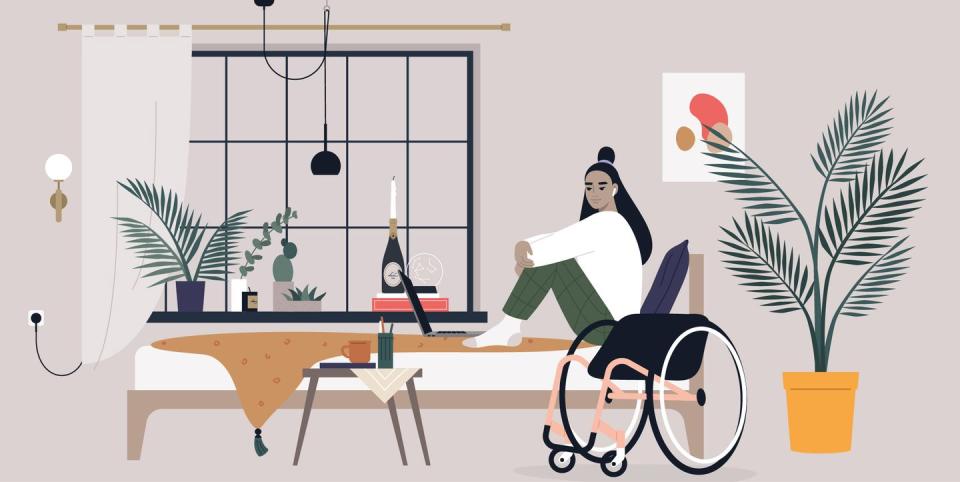
Recognising the ageing population, David Barratt Homes is trialing a new accessible concept house, known as eHome2. As well as being energy efficient, the house has been designed to enable people to remain in their own homes long term, boasting wide doors for wheelchair use in the downstairs toilet, ambient night lighting to prevent falls, and pre-plumbed bathrooms to become a wet room for future needs. It also has leak detectors in case people leave taps running, and can remind residents to take their medication.
The Centre for Accessible Environments, part of Habinteg, specialises in designing modern, stylish and accessible spaces around the UK. 'Better understanding and promotion of homes' accessibility features – whether for sale or rent – will make an enormous difference to overcoming the stigma of accessible design to deliver homes that will be fit for whatever life throws at us,' adds Nick.
Meanwhile, the Housing Made for Everyone (HoME) coalition is also calling on urgent action to tackle the UK's shortage of accessible homes. They want housing associations and developers to commit to providing high quality homes fit for the future, for both those with disabilities and our ageing population.
To sign a petition for more accessible homes in the UK, head to change.org. You can also contact your local MP to see what changes are in place.
Follow House Beautiful on TikTok and Instagram.
You Might Also Like



